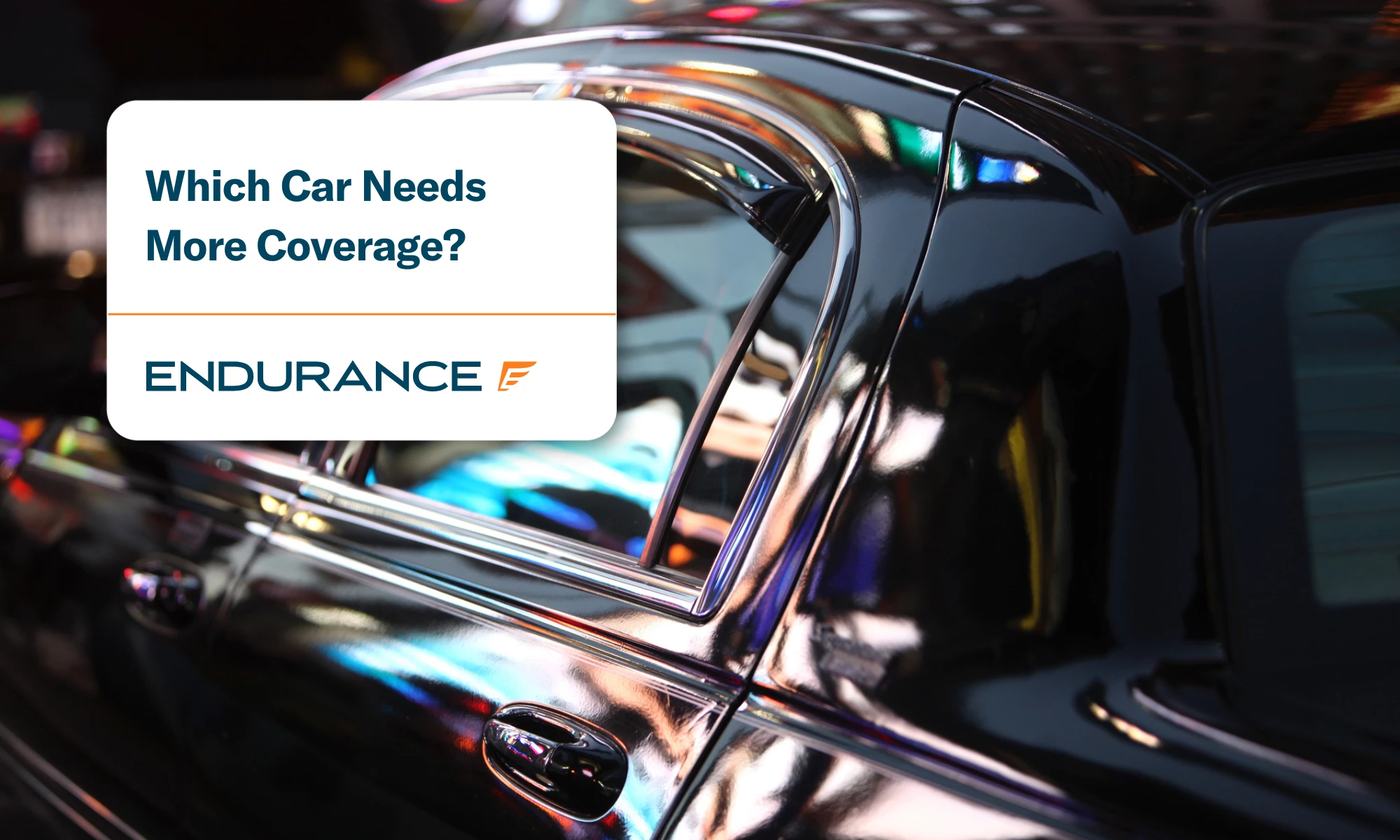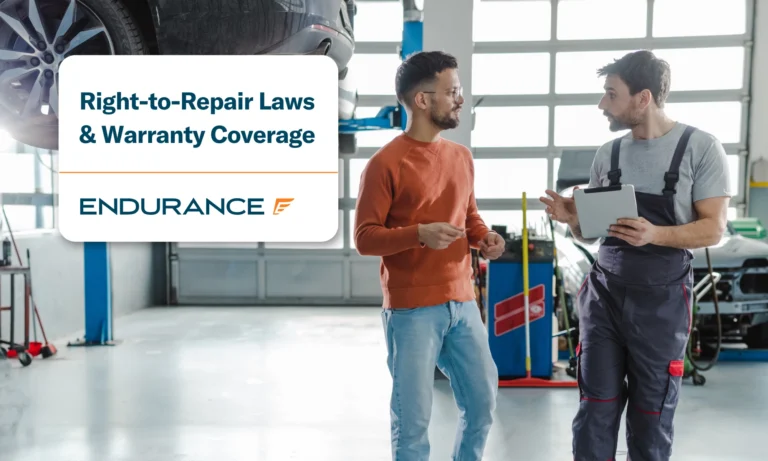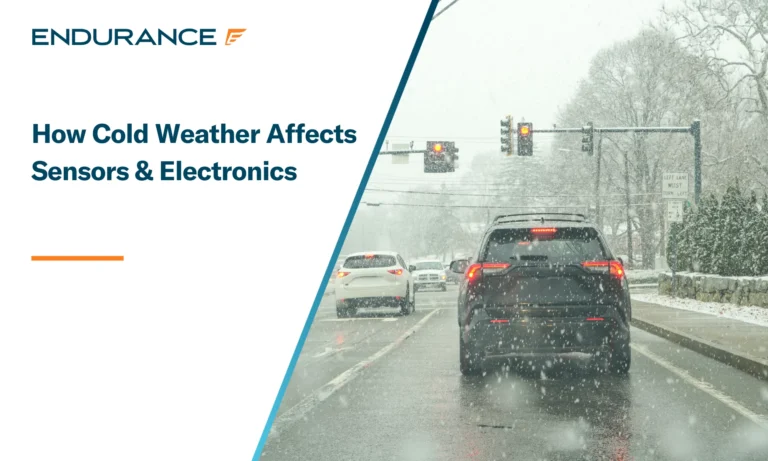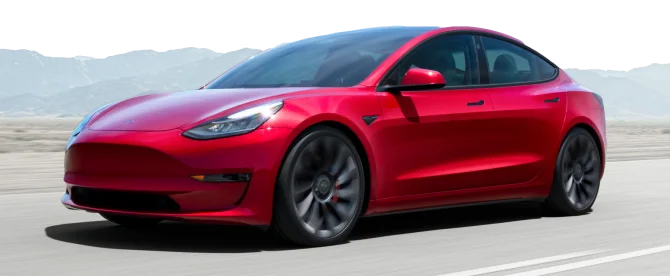¿Vale la pena una garantía extendida de parachoques a parachoques en un BMW frente a un Toyota?

¿Vale más la pena una garantía extendida integral para un BMW que para un Toyota? En resumen, sí, pero aun así vale la pena proteger ambos.
Vehículos de lujo como los BMW Incluyen tecnología de alto costo como suspensión neumática, amortiguadores adaptativos, módulos complejos de infoentretenimiento y sistemas avanzados de asistencia al conductor (ADAS). Estas características suelen tener costos de reparación más altos, mayor probabilidad de fallas y costos de mano de obra elevados para el concesionario. Los Toyota, en cambio, generalmente priorizan la confiabilidad, la simplicidad de los subsistemas y menores costos de piezas y mano de obra. Sin embargo, la rentabilidad del costo adicional de una garantía extendida depende del kilometraje, el uso y la tolerancia al riesgo.
Analicemos más de cerca los factores que determinan los costos de reparación y el valor de la cobertura, y comprendamos por qué podría ser más importante cubrir los modelos de lujo que los de lujo. Proteger más vehículos convencionales.
Por qué la tecnología de lujo impulsa la volatilidad de las reparaciones
Los vehículos de lujo suelen incluir sistemas de vanguardia. Puertas con cierre suave, sistemas de iluminación ambiental, amplios asientos eléctricos con masaje o controles multidireccionales, suspensiones adaptativas, techos corredizos panorámicos y sofisticados sistemas de infoentretenimiento se incluyen (a veces opcionalmente) en muchos BMW. Cada uno de estos elementos añade complejidad: más sensores, más actuadores, más módulos. En cuanto vence la garantía de fábrica o la garantía del fabricante, el propietario se hace responsable de todos ellos. Para colmo, las tarifas de mano de obra en los talleres de concesionarios certificados por BMW suelen ser mucho más altas que en los talleres mecánicos generales; a veces, el doble o incluso más.
Los Toyota, por otro lado, son reconocidos por su durabilidad, dominando el “club de las 250.000 millas”A lo largo de diez años, un propietario de Toyota podría gastar aproximadamente $5,500 en mantenimiento y reparación, mientras que los propietarios de BMW podrían gastar $17,800 o más. Esta diferencia se debe principalmente a las características de lujo y menos a las fallas básicas del motor y la transmisión. Además, la tecnología ADAS (como el asistente de mantenimiento de carril, el radar y las cámaras) no solo aumenta el costo de las piezas de repuesto, sino también la calibración, el diagnóstico y la mano de obra. Para colmo, el riesgo de averías costosas e inesperadas es mucho mayor para los modelos de lujo una vez que la garantía expira.
Ejemplos del mundo real: suspensión neumática, iluminación, módulos y asientos
Para hacer más concretas las diferencias de costos, aquí hay algunos ejemplos ilustrativos de reparaciones en autos usados:
- Suspensión neumática: En un BMW X5, la sustitución de un resorte neumático de suspensión activa puede oscilar entre $743 y $838, con piezas y mano de obra. Pero las averías más elaboradas cuestan mucho más: el compresor de aire de un BMW 750i puede costar $4,486 a $4,627El módulo de control para ese sistema en un 750i recorre $1,595 a $1,684.
- Reemplazo de amortiguadores/puntales de suspensión: En un BMW X5, la sustitución de amortiguadores o puntales puede alcanzar $4,500-$5,000 o más.
- Infoentretenimiento y módulos: Se trata de piezas de alta tecnología que suelen fallar y requieren reparaciones costosas. Por ejemplo, el módulo de control del asiento eléctrico de un BMW 750Li. cuesta entre $528 y $567 reemplazarlo, mientras que un motor de asiento eléctrico en un BMW 435i xDrive Gran Coupe Puede ejecutar $804 a $850Incluso módulos más pequeños, como una unidad de control de calefacción de asiento, promedio $268 a $310.
- Iluminación y puertas de cierre suave, módulos de asientos eléctricos: Las características de comodidad son otro aspecto donde los propietarios de vehículos de lujo se enfrentan a mayores riesgos. Componentes como las puertas de cierre suave, los actuadores de las cerraduras de las puertas y los motores de los asientos dependen de pequeños motores, sensores y cableado que se desgastan con el tiempo. Reemplazo de un solo actuador de la cerradura de la puerta del BMW X6 cuesta $917 a $1,105, mientras que un interruptor de asiento eléctrico del BMW X7 puede costar entre $1,697 y $1,731Este tipo de reparaciones de autos suelen implicar muchas horas de trabajo y recalibración. En cambio, las marcas más conocidas como Toyota suelen evitar estas características premium en la mayoría de los modelos, lo que significa que los propietarios tienen menos probabilidades de recibir facturas millonarias si algo sale mal.
A través de estos ejemplos, se puede ver que el costo incremental de los fracasos de la tecnología de lujo suele ser tan alto que Tener un parachoques contra parachoques La garantía extendida o cobertura equivalente es casi esencial.
Contrapunto dominante: Menos subsistemas de alto costo
Las prioridades de diseño de Toyota son la simplicidad y la fiabilidad. Utilizan componentes más duraderos (por ejemplo, cadenas de distribución en lugar de correas), tienen menos motores de inducción forzada o altamente optimizados, implementan transmisiones complejas con mayor lentitud y, en general, requieren menos sistemas electrónicos costosos.
Como resultado, muchas de las reparaciones potencialmente extremadamente costosas son simplemente menos probables en un Toyota estándar. Incluso cuando ocurren averías, los costos de las piezas suelen ser menores y la mano de obra es más sencilla. La diferencia en el costo de las reparaciones es considerable: por ejemplo, el costo del alternador para un Camry puede ser de $470 a $663, mientras que para un BMW 328i o un sedán de lujo similar, las mismas piezas y mano de obra pueden costar $1,000 o mucho más.
Lectura de cualquier contrato: límites, exclusiones, calibraciones y diagnósticos
Al comprar cualquier tipo de cobertura de garantía extendida, deberás revisar los términos con lupa. En particular, asegúrate de prestar atención a:
- Límites y exclusiones: Muchas garantías excluyen el desgaste, los daños por mal uso, las modificaciones posteriores o sistemas específicos como puertas con cierre suave o módulos de masaje para asientos. Compruebe siempre qué módulos se indican explícitamente.
- Diagnóstico y calibración: Diagnosticar problemas en sistemas modernos puede requerir horas de diagnóstico, durante las cuales se factura la mano de obra. Algunas garantías solo cubren las piezas o la mano de obra una vez aprobado el diagnóstico, en lugar del proceso de diagnóstico en sí.
- Distribuidor vs. tienda independiente: Los concesionarios de marcas de lujo cobran tarifas de mano de obra premium. Algunas garantías extendidas exigen que las reparaciones se realicen en los concesionarios para obtener una cobertura completa; otras permiten utilizar cualquier taller certificado. La diferencia en las tarifas de mano de obra entre un concesionario BMW y un taller independiente local puede ascender a cientos (o incluso miles) en una sola reparación importante.
- Duración, kilometraje, transferibilidad: En promedio, las garantías de fábrica suelen cubrir 3 años o 36,000 millas para muchos artículos, mientras que las garantías extendidas pueden extenderse mucho más, pero el costo aumenta consecuentemente. Por ejemplo, los contratos de servicio Endurance para un Toyota pueden cubrir hasta 200,000 millas, según el plan.
- Cobertura de fallas de ADAS e infoentretenimiento: El reemplazo y la calibración de los sensores ADAS son costosos. Según el informe de la AAA sobre el costo de los ADAS, reemplazar los componentes ADAS en una colisión frontal leve... promedios en $1,540.92Si bien las garantías extendidas no cubren reparaciones debido a un incidente, el costo será el mismo si fallan prematuramente.
- Cobertura de la suspensión neumática: Reemplazar un resorte neumático puede costar cientos de dólares solo por las piezas, y la mano de obra supone un coste adicional considerable. Si un plan excluye la suspensión neumática o limita la cantidad de resortes o la frecuencia de instalación, conviene considerar alternativas.
Marco de decisión por kilometraje, uso y tolerancia al riesgo
Para decidir si una garantía integral tiene sentido para su BMW o Toyota, tenga en cuenta el siguiente marco:
| Factor | Por qué es importante | Incline su elección hacia una cobertura de garantía extendida para su automóvil si… |
| Kilometraje y edad | Los vehículos más antiguos o con mayor kilometraje presentan mayor desgaste y mayor probabilidad de fallas costosas. Una vez que finaliza la garantía de fábrica, la responsabilidad recae sobre usted. | El automóvil tiene un alto kilometraje anual (>15-20 000 km) o se está acercando al final del período de garantía de fábrica. |
| Nivel de características y opciones | Un vehículo básico con pocos componentes electrónicos o características de confort es más barato de reparar; un equipamiento de lujo cargado es caro. | Si su BMW tiene suspensión adaptativa, ADAS, puertas de cierre suave y múltiples módulos de información y entretenimiento, espere un mayor riesgo de falla. |
| Historial de mantenimiento | El mantenimiento regular ayuda, pero no protege completamente los componentes electrónicos ni los sensores contra fallas. | Si el mantenimiento es deficiente o conduce en condiciones exigentes (clima extremo, todoterreno, etc.). |
| Costos laborales en su área | Las tarifas de mano de obra de los concesionarios varían según la región. Las tiendas de marcas de lujo pueden cobrar entre 1,5 y 2 veces las tarifas generales. | Si vive en un lugar donde la mano de obra del concesionario es muy cara o prefiere utilizar un concesionario en lugar de un taller certificado. |
| Tolerancia al riesgo/capacidad financiera | Algunas personas prefieren la tranquilidad; otras prefieren el autoseguro. | Si la idea de una factura de reparación inesperada le preocupa más que una prima mensual asequible. |
Para un Toyota estándar con pocas opciones, bajo kilometraje y excelente mantenimiento, podrías omitir una garantía extendida integral y concentrarte en la cobertura del tren motriz o de los componentes hasta más adelante. Para un BMW, especialmente uno con características de alta tecnología, las matemáticas suelen favorecer una garantía extendida tan pronto como vence la cobertura de la garantía de fábrica.
Preguntas que debe hacer antes de comprar cualquier cobertura
Antes de comprar cualquier cobertura de garantía extendida, asegúrese de preguntar:
- ¿Exactamente qué sistemas están cubiertos? ¿El concepto “de parachoques a parachoques” incluye fallas en el sistema de información y entretenimiento, motores de los asientos, puertas de cierre suave, suspensión adaptativa y sensores ADAS?
- ¿Están cubiertos la calibración y el diagnóstico? En el caso de los sistemas ADAS y los sensores, la calibración puede costar mucho más de lo esperado. Por lo tanto, si la garantía excluye la calibración o limita el tiempo de diagnóstico, es posible que aún pague una cantidad elevada.
- ¿Puedo elegir el centro de reparación? ¿Debo acudir a un concesionario? ¿O puedo acudir a cualquier taller autorizado? Esto último te permitirá realizar reparaciones en cualquier parte del país.
- ¿Cuáles son los límites de cobertura y el deducible? La mayoría de los proveedores solo cubren su vehículo hasta que tenga cierta antigüedad o un cierto kilometraje. Generalmente, también tendrá que pagar un deducible por las reparaciones cubiertas.
- ¿Qué exclusiones se aplican? El desgaste es el más importante, pero los proveedores a menudo excluyen daños cosméticos, puertas con cierre suave, piezas que no son OEM, mal uso, uso todoterreno o uso de alto rendimiento.
- ¿Cuál es la situación de la tasa laboral? Si me veo obligado a usar un concesionario, ¿cuál es su tarifa por hora? ¿Cuántas horas cubre cada trabajo?
- ¿Cuál es el costo del plan versus el riesgo? Compare los costos de reparación esperados (de fuentes como RepairPal) y la frecuencia de fallas probables con el costo de la prima.
- ¿Es transferible? ¿Y qué es la "garantía de devolución de dinero"? En caso de que vendas el coche o cambies de opinión.
Sea cual sea su vehículo, Endurance lo tiene cubierto
Para vehículos de lujo como los BMWUna garantía extendida de parachoques a parachoques suele ser una inversión más inteligente de lo que podría parecer. para un Toyota estándarEn el caso de los Toyota, el menor costo de mantenimiento y la tecnología más sencilla implican que el valor de dicha cobertura es un poco menor, aunque sigue siendo enormemente beneficioso si desea tranquilidad ante sorpresas costosas.
Si conduce un BMW repleto de tecnología de lujo, un plan de protección automotriz de una compañía de buena reputación proveedor externo como Endurance Puede cubrir muchos de los sistemas más costosos: resortes y compresores de suspensión neumática, amortiguadores adaptativos, módulos de información y entretenimiento e incluso calibraciones ADAS.
Si tiene un Toyota, considere si la cobertura del tren motriz o los planes de componentes seleccionados podrían ser más convenientes por el momento, a menos que su versión de Toyota incluya componentes electrónicos más complejos. Utilice nuestro marco de decisión, haga las preguntas correctas, revise los límites del contrato y asegúrese de comprender la letra pequeña y las exclusiones.
Para una confianza total al conducir, los conductores de todo Estados Unidos eligen Planes de protección de vehículos EndurancePara obtener más información sobre nuestras opciones de cobertura personalizables, llame a nuestros asesores de planes al (800) 253-8203 o solicitar una Cotización Gratis. Tú también puedes ver tu precio y recomendaciones de planes en nuestra eStore.
Visita nuestro Blog de garantía extendida para leer más sobre todo lo relacionado con el automóvil.













Después de más de 16 años como técnico y asesor de servicio, Adam Karner hizo la transición a la industria de la protección de automóviles en 2009. Como gerente de productos de Endurance Dealer Services, aporta una valiosa experiencia práctica. Leer más sobre Adán.